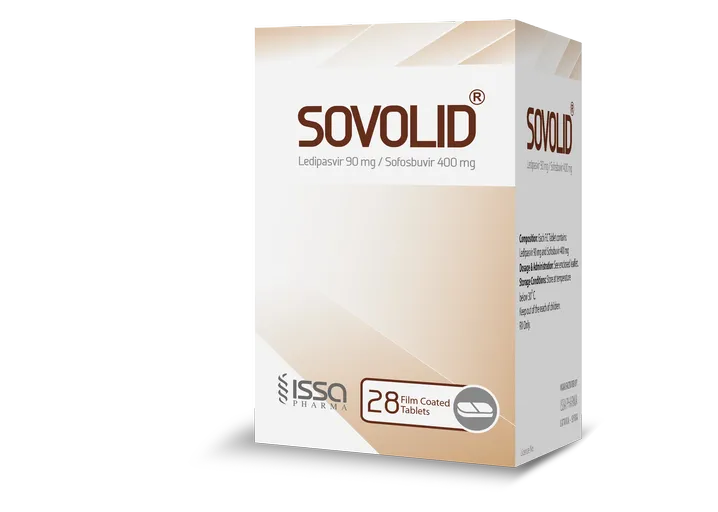The rapid evolution of direct-acting antiviral (DAA) medications has drastically improved hepatitis C cure rates over a short time span. However, work is ongoing to enhance future HCV regimens’ effectiveness, tolerability, and accessibility. Researchers are pursuing strategies like developing novel multi-target agents, combining DAAs with immune modulators, utilizing nanotechnology, and designing HCV vaccines.
Targeting Multiple Steps in HCV Replication
Most current DAAs only inhibit specific HCV replication proteins like NS5A or NS5B. Future efforts are focused on designing oral agents that can simultaneously block multiple steps in the HCV life cycle for a higher barrier to resistance. Early-stage cyclophilin inhibitors like alisporivir target both NS5A and host cyclophilin PPIase to hamper HCV at two distinct points.
Augmenting Immune Response Alongside DAAs
In addition to directly suppressing HCV replication, adding medications that augment the body’s immune response could improve clearance following DAA therapy. Using TLR7 agonists to stimulate innate viral immunity is one avenue under exploration. The TLR7 activator vesatolimod led to post-treatment viral suppression in prior null responders during initial trials.
Employing Nanoparticle Delivery Systems
Encapsulating DAA agents within nanoparticle carriers may enhance drug delivery to hepatocytes and improve sustained antiviral activity at lower doses. Early research using paradigms like solid lipid nanoparticle-embedded DAAs and gold nanoparticle-conjugated silibinin has shown promising results in increasing HCV clearance in lab models.
Developing Preventative HCV Vaccines
Vaccines prompting HCV-specific T cell immune responses may finally provide a means of preventing new infections, especially in high-risk groups. Multiple HCV vaccine candidates utilizing viral vectors, peptide/adjuvant combinations, and nanoparticle or virus-like particle delivery systems are progressing through clinical trials. Annual HCV booster shots akin to flu shots could someday be a reality.
While existing DAAs already provide highly effective therapy, exploring additional mechanisms and patient-friendly delivery methods may further optimize hepatitis C treatment. Advancing these novel anti-HCV approaches could pay dividends in enhancing real-world therapy outcomes. Patients eagerly await the next wave of pharmaceutical ingenuity to build upon recent triumphs against this epidemiologically important infection.



